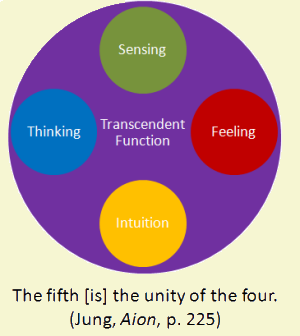To invoke, or not to invoke, that is the question.
With a few exceptions, most UK Members of Parliament have accepted the result of the referendum in June. They will support the UK leaving the European Union. Article 50 is the next step. But does invoking article 50 really mean that we will be implementing the result of the referendum?
In my training consultant days, on team and management workshops, I used a communication exercise. It involved asking people to reflect (privately) on what they thought I meant by the word “speed”. People gave a myriad of answers. Driving fast. Distance divided by time. The film starring Sandra Bullock. Drugs. A place. The late Welsh footballer. Etc.
If the meaning attributed to a common word, such as ‘speed’, can be so diverse, how many meanings can there be for a phrase such as “article 50” or “Brexit” or “Leave” or “Remain”?



 A new, peer-reviewed paper has just been published in The Journal of Analytical Psychology (JoAP), with the title The five functions of psychological type. JoAP is the leading international journal primarily for Jungian Analysts.
A new, peer-reviewed paper has just been published in The Journal of Analytical Psychology (JoAP), with the title The five functions of psychological type. JoAP is the leading international journal primarily for Jungian Analysts.